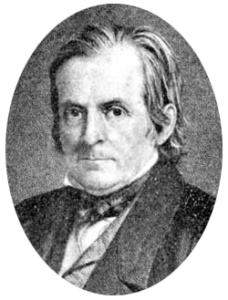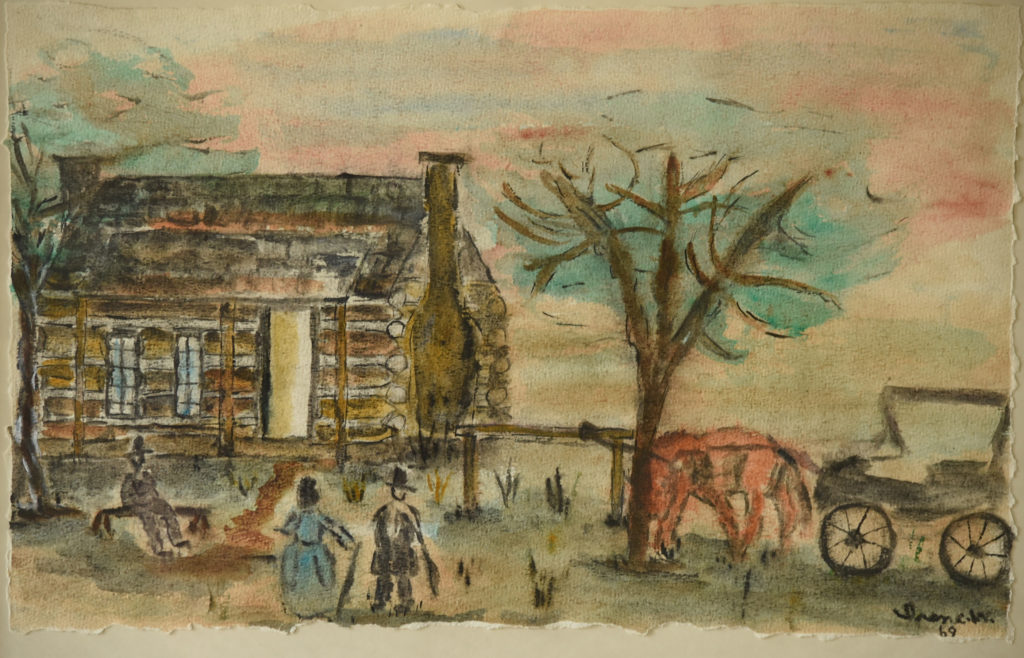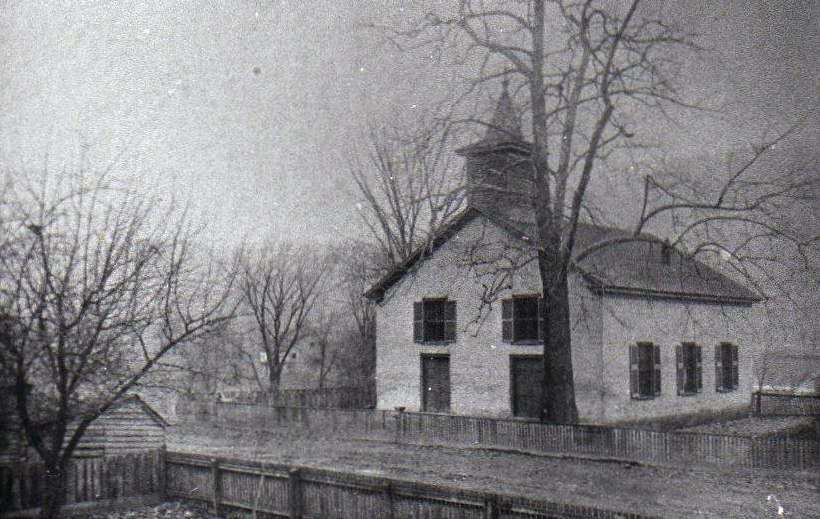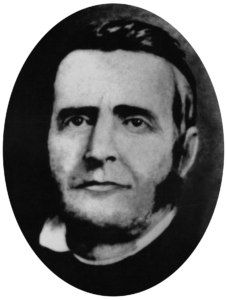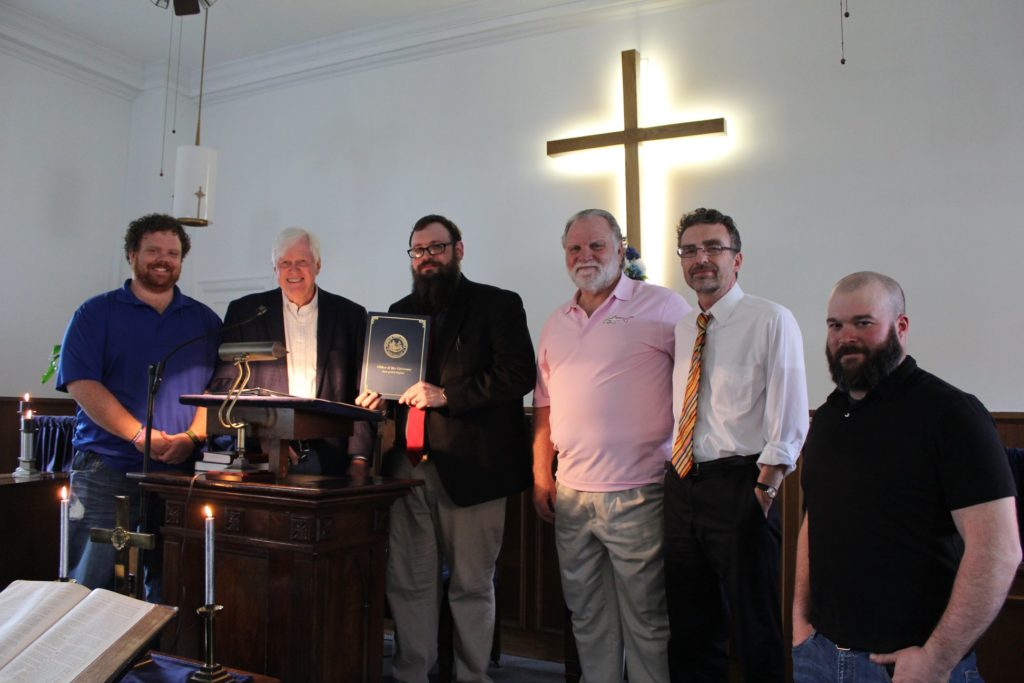HISTORY
Over 200 Years ago...
On March 14, 1819, the reverend doctor Henry Ruffner organized the first Presbyterian Church in the Kanawha Valley, however this endeavor had already been some years in the making.
Henry’s family first settled in the Kanawha Valley in 1796. He was then a young boy and at that time there had not been a church or religious institution for miles around.
Having observed the rampant and unbridled profanity, drunkenness, gambling, rioting, and cheating which infested most of the population, Henry later described Malden as the most heinous and hopeless region of the Kanawha and “as to religion, it could hardly be said to exist, except in a few.”
This same wickedness is found in EVERY human being, from the very crude to the utmost noble. We ALL are sinners who stand guilty and condemned before the infinitely Holy God. However much we may try, we can never rid ourselves of our sin or guilt or shame. God is just and therefore he cannot overlook our sin; it must be dealt with. For this reason Jesus came into the world, to bear the curse and punishment for our sin, which we ourselves could not bear, and to also obey God’s law completely, which we ourselves could not do. Christ alone is our perfect Savior. He died for our sins and he makes us clean. This is the gospel—the GOOD NEWS of salvation to all who repent and believe.
Henry Ruffner was compelled to bring the gospel even here, to this morally-devastated region. And the Lord graciously equipped him for this work. Upon finishing his studies at a classical school, he went on to Washington college in Lexington, Virginia, where he earned a four-year degree in just 18 months.
With a license to preach from the Lexington Presbytery, Henry returned posthaste to preach the gospel throughout the Kanawha Valley. He held worship services at the small courthouse in Charleston, in his father’s house at the Salt Works in Malden, at the schoolhouse by Burning Spring, and in numerous private homes, not neglecting the remote and destitute areas of the valley.
These initial gatherings were small, fluctuating between 20–40 people, sometimes as many as 60. He later conducted services in a second-floor classroom of Mercer Academy in Charleston and in the “Ruffner Meeting House,” at the Salt Works, both of which were erected on properties donated by his father, and constructed through family funds.
In 1818, Henry was ordained as a Presbyterian minister. Thereafter, the new reverend organized two Presbyterian churches in the Kanawha Valley. One in Teays Valley, and the other one in Charleston which included Malden. Promptly thereafter he handed the freshly-planted congregations into the care of other pastors to succeed him, as he took an appointment to teach at Washington college.
Regretfully, the Teays Valley church dissolved. The other, known as The Kanawha Presbyterian Church at Kanawha Salines and at Charleston continued with 16–18 members. The reverend Calvin Chaddock was installed as their first pastor. Worship gatherings volleyed between two locations on alternate weeks—one Sunday in Charleston and the next Sunday in Malden. Separated by a distance of 5 miles, the steamboat ferry on the Kanawha river facilitated transportation between the two sites.
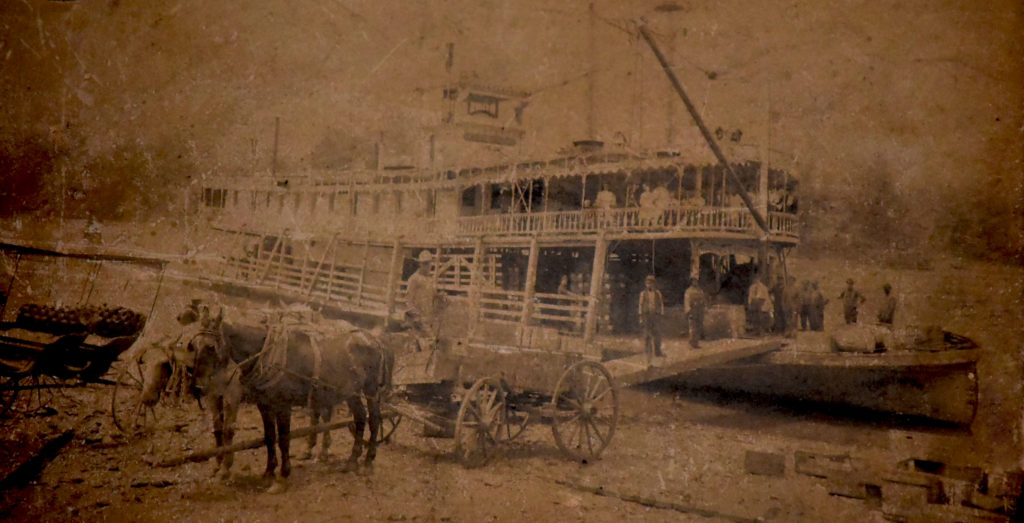
Henry’s father, the colonel David Ruffner, was baptized in the Kanawha church on December 11, 1819, just nine months after the church was organized. The following year Henry had the privilege to ordain his father as an elder. The colonel David Ruffner facilitated the singing, prayers, and Bible teaching at worship gatherings. Marked with compassion and charity, Henry’s father sought the needs of the poor—free and slave alike—and promoted religion and education throughout the valley. He invited slaves to attend worship services, some of whom were received into membership.
The church continued to meet in the upper classroom of Mercer Academy for eleven years until 1830, when the small congregation managed to build a brick church building on Virginia Street East to be their sanctuary in Charleston. The Ruffner Meeting House remained their house of worship at the Salt Works for another decade.
In 1839, construction began on a second brick church to be their sanctuary in Malden. This second structure might well be attributed to the colonel David Ruffner. Comical stories recall his delight in the architecture and construction of this present edifice, apparently “requiring every brick to be taken down that was laid in his absence.”
Rev. Henry Ruffner accompanied Rev. James Moore Brown to dedicate the newly-built sanctuary on December 13, 1840. At that time, the congregation numbered 48 members.
In the very next year, at Rev. James Moore Brown’s recommendation, the single church multiplied, forming two distinct congregations—one church in Charleston and one in Malden. The reverend James Moore Brown remained pastor of the segment in Charleston.
The segment in Malden, renamed Kanawha Salines Presbyterian Church, acquired the 1840-built sanctuary which is still in use today. Rev. Stuart Robinson was installed as pastor. Both the Charleston and Malden congregations continued as sister congregations under the care of Greenbrier Presbytery. Eventually the Kanawha Presbytery was organized in our sanctuary on April 9, 1895 and took oversight of the congregations in the immediate region.
In 1933, Mrs. J. Q. Dickinson donated funds for a Sunday school wing, added to the west side of the sanctuary. The original part of the building, previously painted white, was repainted red, though this new coat has since deteriorated, revealing matching brick colors between the old and new construction. Further renovations followed in order to preserve the original edifice.
Meanwhile, our then affiliate denomination, Presbyterian Church in the United States (PCUS), began slowly to concede with the world—grievously compromising essential beliefs of the Christian church, discrediting the Word of God, and even ordaining ministers who deny the deity of Jesus Christ. By 1973, in order to uphold the Scriptures, delegates from 260 congregations from across the nation, found it necessary to depart from the PCUS and branch a new denomination–The National Presbyterian Church.
The Lord in his mercy stirred the Malden segment to join the National Presbyterian Church denomination. Thereupon, the New River Presbytery was organized in our sanctuary June 22, 1974. The new denomination soon changed its name and became known as the Presbyterian Church in America (PCA).
On March 14, 2019, Kanawha Salines PCA received a Certificate of Recognition, signed by Governor James Justice, celebrating 200 years of spreading the Gospel and promoting spiritual growth in the Kanawha Valley.
We have been greatly privileged to have so many monuments in our history, but these are rather a testimony of the Lord’s faithfulness to a wayward, stiff-necked people. Our imperfect witness to Christ has sometimes wavered dim and indeed the Lord has even allowed our feeble light to suffer near extinction.
Yet we have received mercy! We, even the “churched,” ALL need the gospel every day, every bit as much as that spiritually-depraved, immoral generation to whom Rev. Henry Ruffner first ministered. We are humbled and grateful to God for His steadfast love toward us and praise Him for the work that He has done and is doing in and through this local church body.
By God’s grace, we proclaim the unsearchable riches of Christ, and pray that there may be many who here receive the gospel in repentance and faith and are changed evermore into the likeness of our Lord and Savior, Jesus Christ. All Glory to God!

